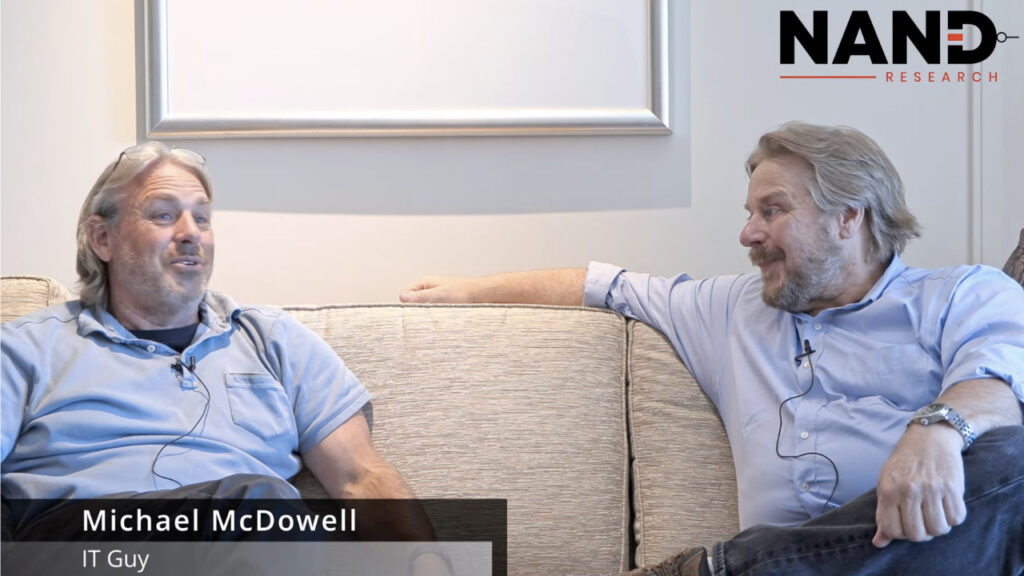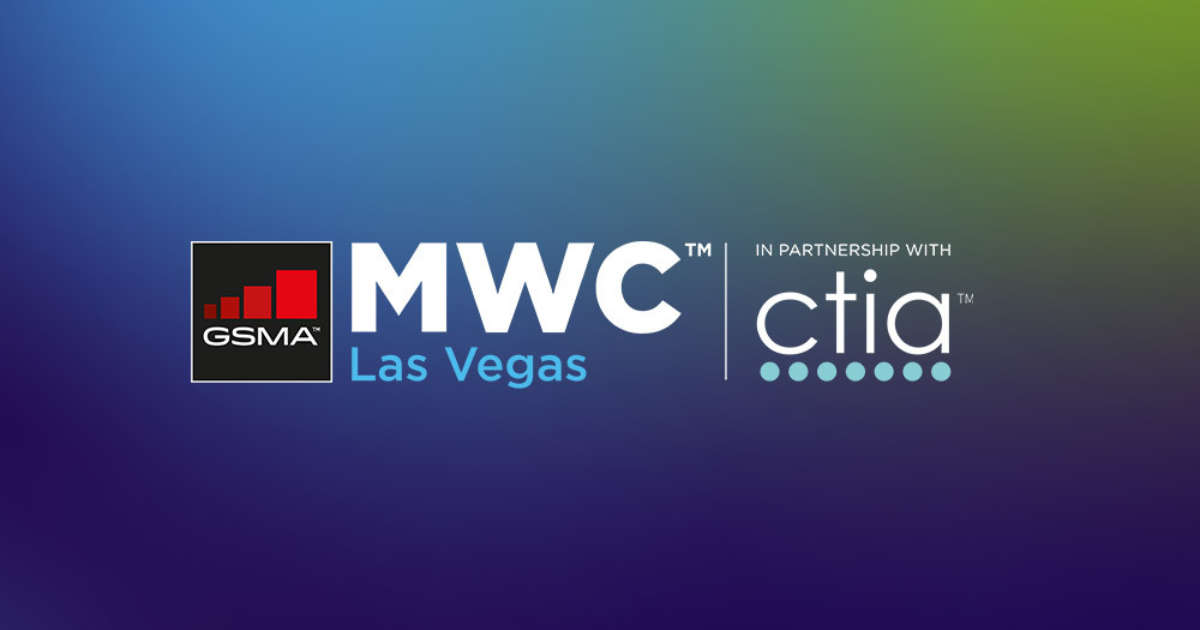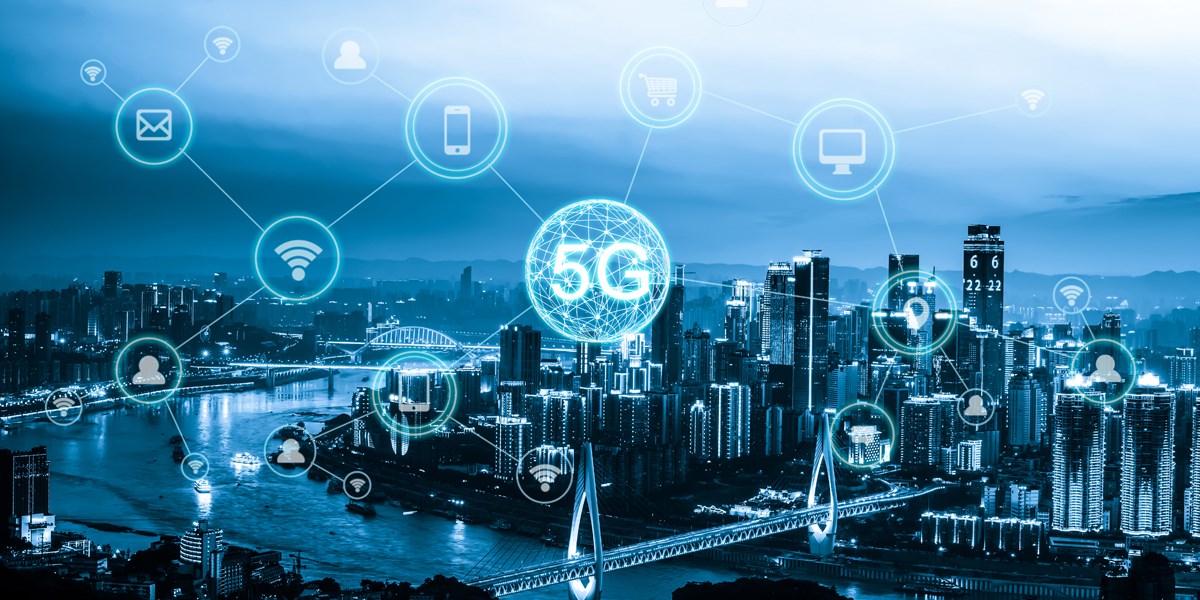When you want to cut through the hype of new technology for enterprise IT, you don’t want to talk to the vendors (they’re just trying to sell you!). You want to talk to a working IT practitioner. Talking to IT practitioners is a key part of how NAND Research operates, with our broad network of IT Advisors.
Principal Analyst Steve McDowell caught up with Michael McDowell at the recent HPE Discover event in Las Vegas, where they had a wide-ranging conversation about networking, private 5G, as-a-Service, and even the value of a vendor event, like HPE Discover, to someone in IT. Michael is a seasoned IT professional, currently working with a large chemical company, and is part of NAND Research’s IT Advisory Council.
Watch the video above, or read through the transcript below (lightly edited for clarity).
Steve McDowell: We are at HPE Discover 2023, in Las Vegas, Nevada, and I have a special guest with me. It’s not anybody from HPE this time. It’s Michael McDowell, who’s a charter member of the NAND Research IT Advisory Council. Helps us kind of look at things through an IT lens. Welcome.
Michael McDowell: Yeah, thanks.
Steve McDowell: How you enjoying the show?
Michael McDowell: Oh, it’s great. It’s been a while since I’ve been to an IT conference.
Steve McDowell: You don’t go to everybody’s IT conference?
Michael McDowell: No. There’s just too many out there to go to and funds are limited in the corporate world.
Steve McDowell: Let me ask you this. As an IT guy how do you keep up with what’s happening in IT?
Michael McDowell: That’s a good question and really the question is: how much do I really need to keep up with it in the corporate world?
Steve McDowell: Well I guess that’s a fair point.
Michael McDowell: Because things happen quickly in the industry, as you see here in this conference today. There’s all sorts of announcements, you go to a live of conference, you hear new things coming all the time, you report on them.
But in the IT world, it’s not happening that fast, some things come and go before we even have a chance to leverage them.
Steve McDowell: In my job, I get excited by the bright shiny objects and that’s… Antonio is up on the keynote today talking about large language models and supercomputing as a service. Does that impact your daily life?
Michael McDowell: Not yet. It will. That’s why I’m here, to understand what’s coming and how it might apply to our business.
To be honest, it’s a slow process. It’s slow to adapt and the reason for that is that it’s becoming more and more about the use case. The technology’s getting quicker to deploy, especially with the cloud environment. It’s out there, we could spin things up quickly, we could do it at a low cost. That’s no longer a barrier where it was in the past we had to bring hardware in and have special skill sets to deploy it and then really partner with the businesses to leverage it.
Yeah, Steve, it’s really about the use case at this point and having it really fully defined and planned out before you leverage that technology and that takes time.
Steve McDowell: You have a little bit of a networking background, I do not.
I was in a session earlier today with the SVP and GM for Aruba. He started talking about NAS and I got excited, a storage guy, network attached storage, what are they doing? But it’s network as a service. Isn’t all networking delivered as a service. What does that mean?
Michael McDowell: I don’t know if I’m the best guy to explain that to you, but I will say that traditionally networking has been an in-house function. Traditionally, you built out network teams in with skill sets, everything from how to configure a network switch to protocol analysis to troubleshoot your network. A wide range of skill sets required there to have really a robust IT department.
Network as a service will allow you to offload that type of work. Now let’s say the Aruba products, the wireless products. HPE has a cloud-based offering where we have some use of AI, I think more of that is coming, but you have qualified technicians who can look at the data and look at alerts and understand what it means and maybe tweak the power saving of a certain access point remotely and then, boom, the problem’s fixed, or maybe recommend a different type of access point altogether.
That’s the type of service you’re getting with the Aruba network as a service offering.
Steve McDowell: That simplifies things for you?
Michael McDowell: Oh, absolutely.
Steve McDowell: This whole as a service thing makes your life easier?
Michael McDowell: It does.
Now there’s still the question of the last mile support. Let’s say at the end of that troubleshooting session I just described, we realized that an access point needs to be replaced. Now you still have to engage somebody boots on the ground to get out there. And that’s where I’m seeing a lot of corporations going with how they staff and the technical skill sets, within their in-house IT team.
It’s a lower skillset. Little bit of a commodity type service, but you’re leveraging existing staff to do more value added things in other areas of IT. It’s a shifting dynamic in the staffing.
Steve McDowell: One of things the Aruba guys talked about is building more basic security functions into their switches, switches are getting smarter. They’re saying the day is not far off where we don’t even need a firewall.
Michael McDowell: Security at the edge.
Steve McDowell: Do you trust that stuff? Does it work?
Michael McDowell: I don’t know.
Now here’s what I’ll say about security. It’s all about wireless these days. The number of actually wired connected devices is getting smaller. We have two technologies, we have 5G technology and then we have the wifi technology. Think about your 5G security, how it works today. It’s all driven by a SIM card.
Steve McDowell: Is that true even for private 5G?
Michael McDowell: Absolutely.
Private 5G have SIM cards in them as well, and they’re self-managed, so your internal IT staff or your network as a service organization will manage those SIMs and the security on them.
But now all of a sudden you’ve shifted from a PC, which is software driven, security model to actually having a piece of hardware in your mobile devices that drives your security. It’s actually a higher-level security because: how do you spoof that hardware? It’s much more difficult.
As you know, there’s a lot of talk about 5G in enterprise environment. It’s in its infancy today, but it’s coming, and it’s going to bring that added level of security [inaudible].
Steve McDowell: Now, as I understand it, again, I’m not a networking guy, 5G supplements WiFi, but doesn’t replace it. Is that how you look at it?
Now you work in an industrial setting, so you might have a little bit different answer than your…
Michael McDowell: Yeah, and I think the industrial settings more complex and I think it does make sense to leverage both technologies to a certain extent, and it all has to do with signal penetration.
There may be areas of a site that a 5G signal from afar cannot penetrate. In that type of environment it makes sense to put in a Wifi access point.
Now there’s other schools of thoughts that say, “hey, well let’s just put that 5G antenna within the unit.” Now you’re looking at class one div two explosion proof type things, hardened devices if you will, that are safe to operate and there’s not that many offerings out there, but that’s changing. And that that’s a chemical plant example.
But look at a different type of manufacturing environment. Say a food factory or maybe a factory within a building with not many walls, you can install a single 5G antenna that lights up the whole site. There’s no need for the wifi. Now I’m installing one cable, one access point that lights up a large area that would take say maybe 10 or 15 cables, 10 or 15 wifi access points.
In that scenario, there’s no complimentary factor if you will, or dynamic, you pick one or the other and it comes down to cost of installation.
The other thing to consider in that regard is the latency, which is driven by the use case. You may need something that’s really quick acting, so you need a technology that has much lower latency.
Steve McDowell: If I’m in a blended environment, and this is my ignorance, is there a seamless handoff from 5G to wifi? As I…
Michael McDowell: Yeah, that’s a great question, and that’s where companies like HPE really come in. With Aruba, you can certainly have devices that migrate from one technology to the next and if you have a single provider for those, it makes it all the easier. But you can go with multiple vendors and have it all work together.
Now I can tell you there’s a lot of public 5G usage out there today and companies are using mobile devices, tablets in a manufacturing environment that may start their day off in a connected to a corporate wifi access point, trusted device on the trusted closed network. They move out of that out into the field… maybe they’re in a truck, they’re out on a pipeline or something, and they leverage the public 5G. What happens then? The device is shifting from a trusted environment.
Steve McDowell: Does it automatically establish a VPN?
Michael McDowell: It does. It automatically establishes it, but not without consequence, because once you go to that public network and the VPN software kicks in that new IP address, your device is saying, “Hey, I’m no longer in a trusted environment.” It drops your wifi connection, your application stops working, and it reconnects with the full security stack. The user suffers. They’re like, “oh, my application just drops. Now I have to re-log in and start over.” That’s a really neat thing about private 5G over public 5G. You may have public 5G in your area, but it’s like, “hey, let’s go with the private.” Now we’re always on a trusted environment, we’re using SIMs that we manage ourselves.
The level of security is much higher, and the user experience is much better, because their applications aren’t dropping.
Steve McDowell:
You’re a fan of what Aruba’s selling?
Michael McDowell: Yeah, I’m definitely a fan. There’re other industry offerings out there that are very competitive. The private 5G is really in its infancy right now, so lots of things are changing. I know HPE Aruba announced maybe three or four months ago the acquisition of a 5G company, of a private 5G, which brought some new capabilities to their offerings. That’ll be exciting to watch and see where they go with that.
Steve McDowell: I’m going to rewind to something you said earlier. We were talking about network as a service. You said, they got this cloud thing, it does some AI stuff, a little bit of hand waving.
One of the big hot trends in it is AIOPS. Familiar with the term? Where AI is making decisions for how I operate my infrastructure.
I’m an old guy. I don’t know that I trust that, I still want to touch everything and make that decision.
Michael McDowell: That’s an interesting concept. And it’s interesting, when I see these presentations and hear the offerings, that last mile last piece of support is still a bit fuzzy for me. Finding a problem is great, reporting on a problem, sending emails, and-
Steve McDowell: Let AI say, “there might be something wrong, send me an alert.”
Michael McDowell: -Or maybe there’s a mix…
Steve McDowell: Or, “make a recommendation.”
Michael McDowell: Maybe there’s a mix, Steve, maybe 80% of 90% of the time recycling the power of an access point will fix the problem.
Let’s put some AI into that. Let’s let it reset it two or three times before we engage an IT guy. You know what I’m saying? I think there’s a hybrid approach there that could be leveraged.
In that scenario, it fixes, resets it a couple times and say maybe it closes it out and then let’s let AI watch and see if that happens again. Lets AI say, you know what, Mike, this access points had to be reset four times in the last month. Now let’s generate an alert, maybe a change control request or something like that and say, “Hey, let’s go replace that device.” And then now your local field services get an incident ticket. They have the hardware and they go replace it.
I think there’s room in there to where you’re comfortable, to where we can automate some things and leverage the advantages of it.
Steve McDowell: With ChatGPT, we’re almost at the point where you can have that conversation. You can say, “Hey, Siri, reset my access point.” And he’ll say, “whoa, we’ve reset it three times, Michael.”
Michael McDowell: Exactly. Perhaps we should replace it.
Steve McDowell: Thanks for taking time. It’s been fun.
Michael McDowell: Oh sure.



